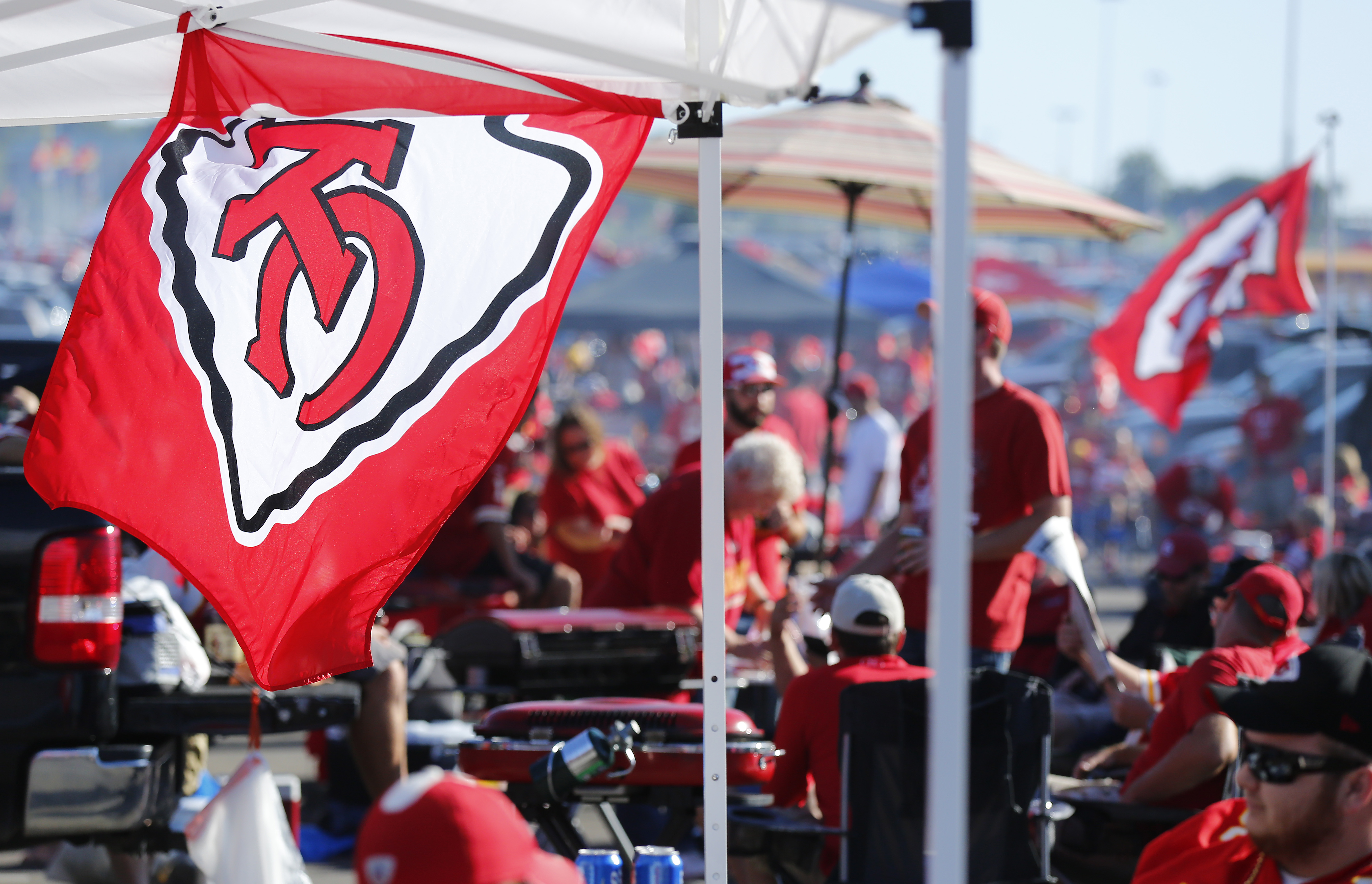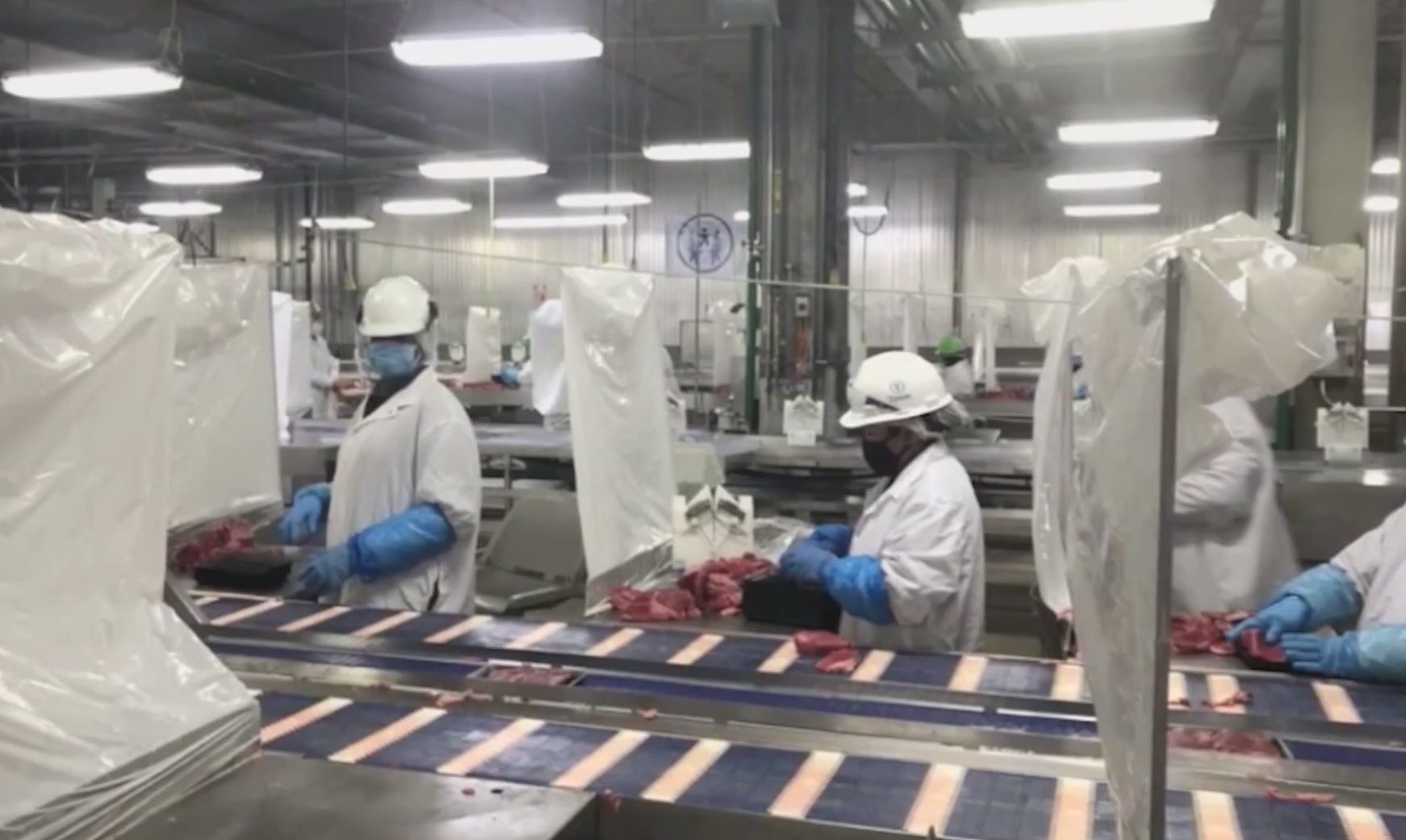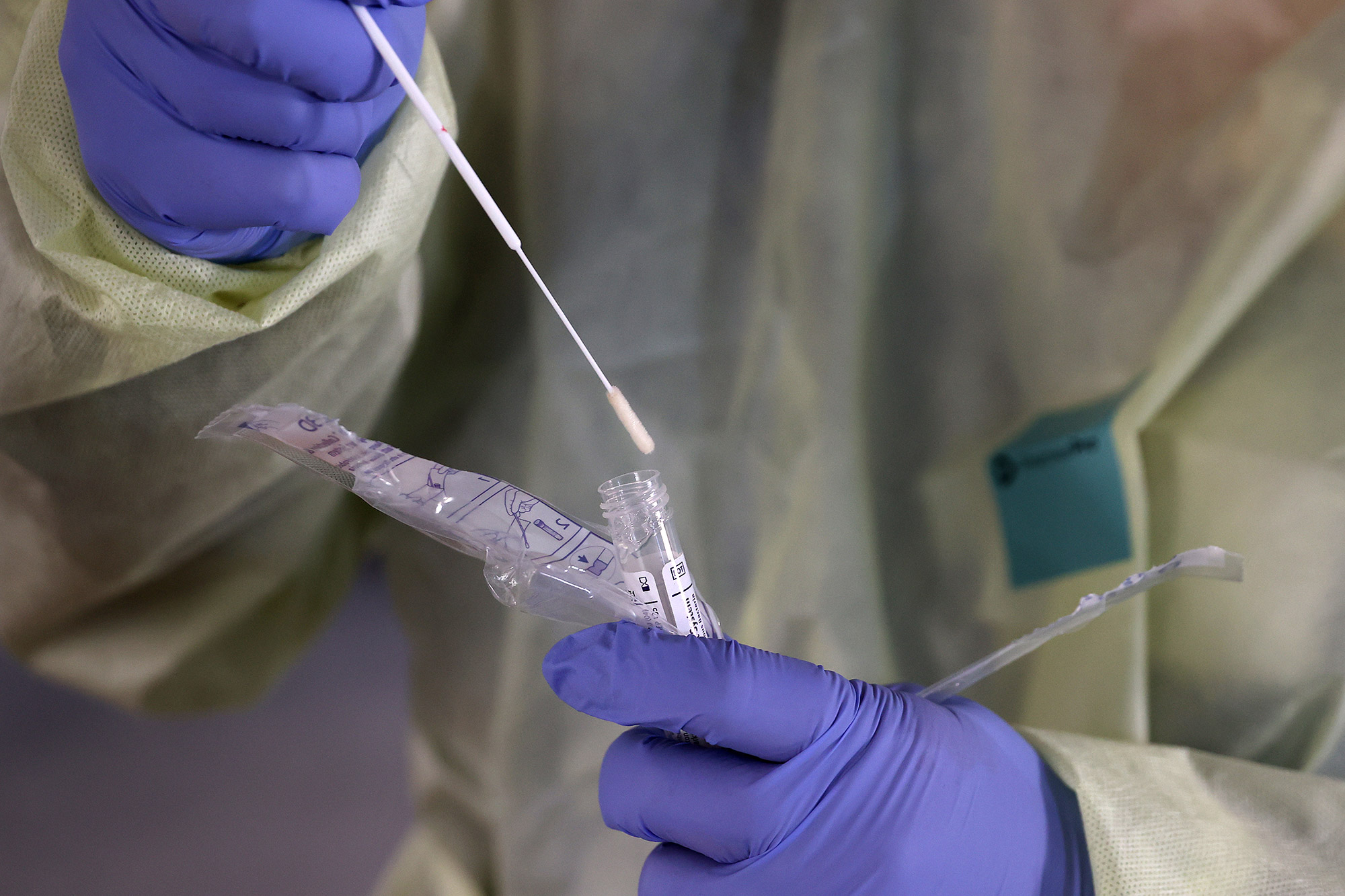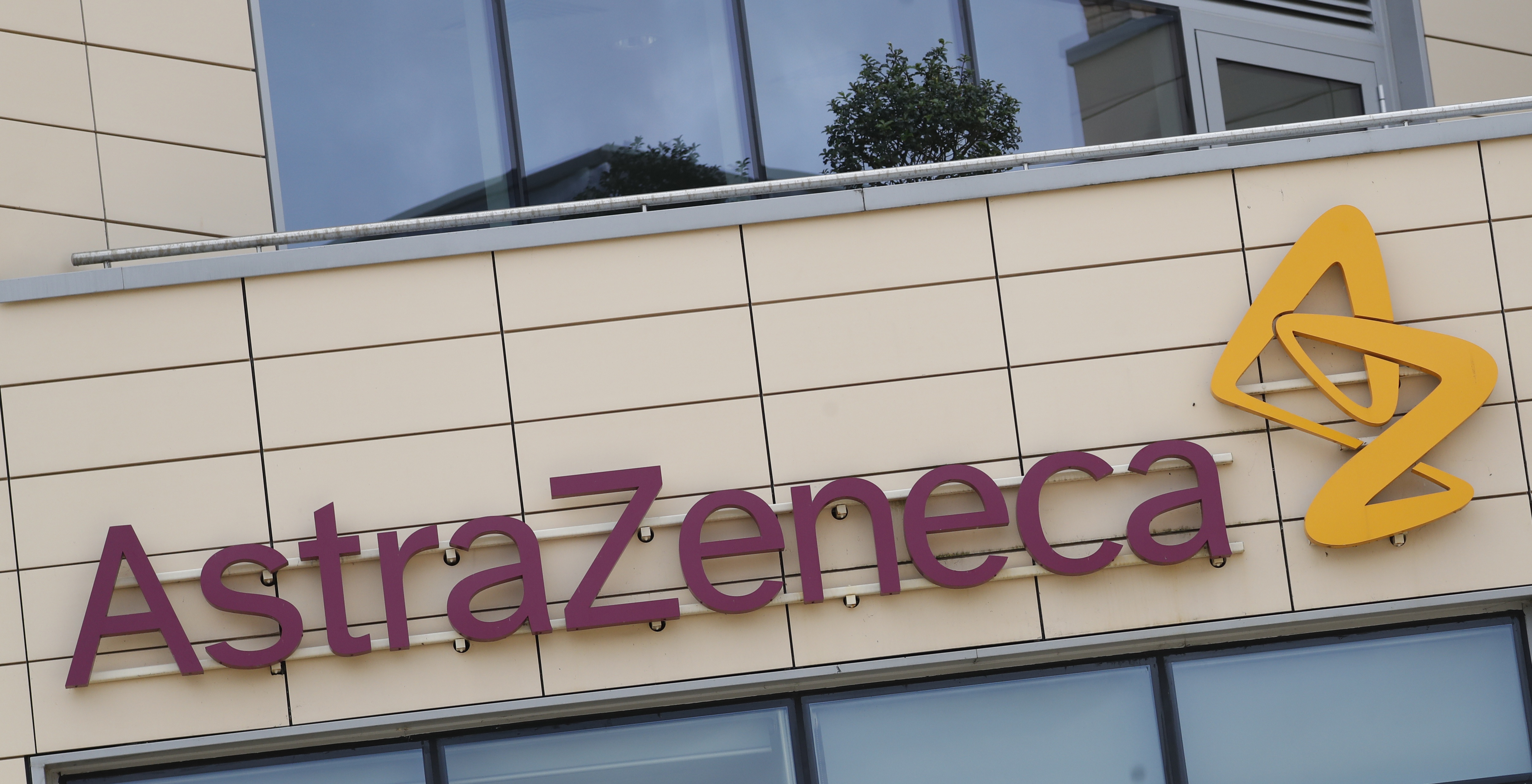KANSAS CITY, Mo. — If you’re driving along Southwest Boulevard in the Crossroads downtown KC, there’s a good chance you’ll miss one of the newest major developments in the area.
Less than two years old, The Crossroads Hotel sits inside relatively unaltered brick walls dating back more than 100 years. It’s already a hot spot for posh nightlife thanks to some fancy bars — one is on top of the roof — and a good marketing team, but you wouldn’t know it from the outside.
However, this modern hotel is more than meets the eyes.
The building was originally constructed in 1911, serving as a Pabst Blue Ribbon beer depot. The owners named the rooftop bar “The Percheron,” which is the type of horse the beer company used to use to cart their barrels around town.
Visitors renting a room for the night walk along hallways striped with blue carpet, another nod to the blue ribbon the company claims their beer won as “America’s Best” at the World’s Columbian Exposition in Chicago in 1893.
Yet, the depot only existed for nine years until it was purchased by crime boss Tom Pendergast in 1920. An old picture shows “T.J. Pendergast” emblazoned on a sign outside of what is today the restaurant section of the hotel, which is named “Lazia” after one of Pendergasts right-hand men, John Lazia.
Jeremy Bennett, a spokesperson for the hotel, said that, on the books, Pendergast used the building for office space and for bottling “water.”
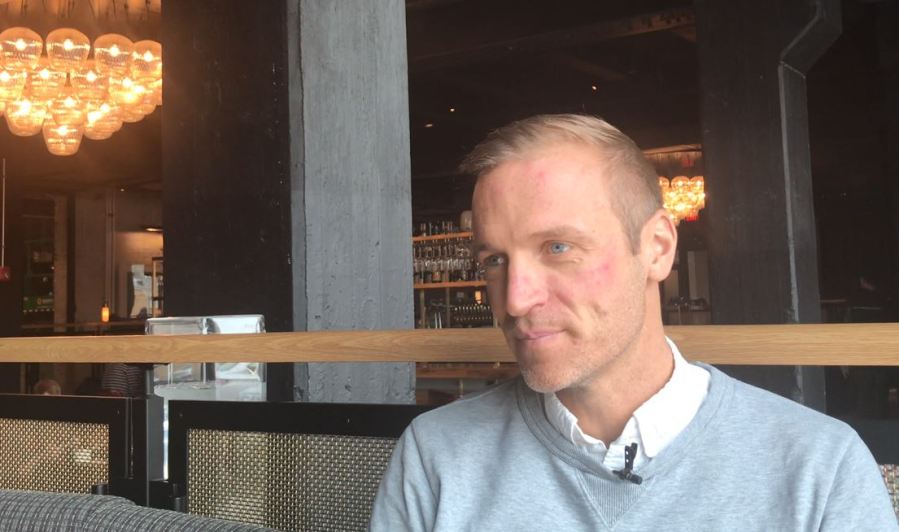
“We all pretty much know that that’s not exactly what happened,” Bennett said.
The crime boss was involved in several “business ventures,” one of them being an illicit booze company that operated during prohibition. With a building that was once officially built for beer and a location right next to the Union Station rail yard, perfect for distribution, only rumors can say exactly what the building was truly used for.
However, four massive vaults located throughout the space give plenty of hints. Each one comes with a steel door several inches thick, a product of Mosler Safe Company. According to a story by The Cincinnati Post, the Ohio-based company was on the cutting edge of security throughout the 1900s, known for making the vaults for the nation’s most prestigious banks. Later, the company designed doors for government facilities meant to withstand nuclear bombs and even safes for the Declaration of Independence and the Bill of Rights.
“There are a thousand rumors what could have gone on here,” Bennett said.
Today, two of the vaults are used as a private dining room in “Lazia” and as a sitting room in a hotel suite.
Pendergast’s office was located in what is now called “The Truman Parlor,” named after Harry Truman. It’s a corner suite, adjacent to “The Pendergast Suite,” with windows overlooking Central Avenue, W 21st Street and Southwest Boulevard.
The building was later used as a warehouse, which became abandoned before the hotel renovation began in the mid-2010s. The designers kept the warehouse theme, rendering very few alterations to several of the support beams and general structure.
One major difference is the hotel atrium, where the front desk is located. Developers knocked out the floors in this space, creating a cavernous room filled with modern lighting that combines decorative lamps with a uniquely-angled skylight. The result is a brightly-lit indoor courtyard of polished concrete floors — a nod to Pendergast’s concrete business — and black accents that match the decor of the adjacent XR cafe and bar.
And what would a mob boss hangout tribute be without bar games to match the booze? Billiards tables are found throughout the hotel, and XR also features a shuffle board table.
All of these factors — the nods to the past, the inconspicuous facade, the air of elitism — play into the theme of the Roaring 20s and the hotel’s unofficial nickname, “The Hotel of a Thousand Rumors.”
“We kind of keep that Batcave thing going,” Bennett said. “There’s only one little sign. There’s no big neon on the roof. It’s kind of got a little bit of a, ‘Got to know where it is,’ vibe to it, and I kind of like that.”
When he was asked if he thought that helped Pendergast, he said, “Oh, for sure.”
